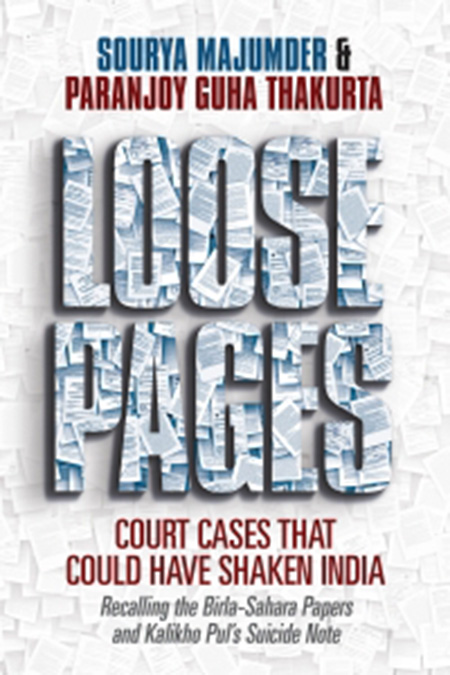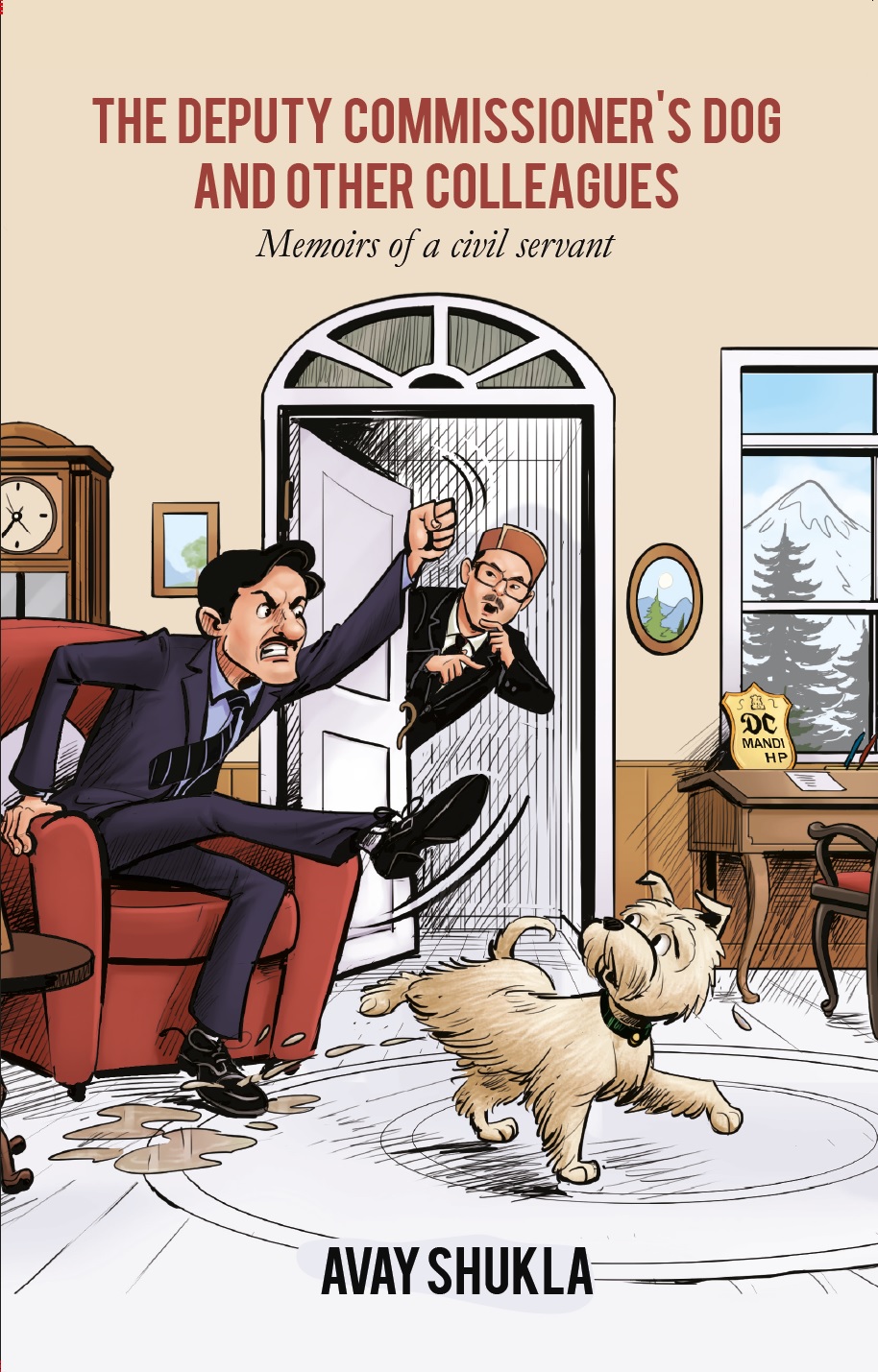India’s mediascape has changed dramatically in less than a decade. The pace of these changes has accelerated since the onset of the Covid-19 pandemic and the accompanying economic recession. Across the world and in this country as well, daily newspapers and periodicals on paper are closing down faster than ever before; advertising flows from private corporate entities have reduced drastically; journalists are being thrown out of their jobs or being asked to accept deep salary cuts, and expenditures on reportage and news-gathering, research and investigations have shrunk significantly.
For roughly seven years from around the middle of 2013, a very substantial section of the mass media in India has become overtly supportive of the Hindu nationalist, right-wing Bharatiya Janata Party (BJP) led by Narendra Modi. After he became Prime Minister of India in May 2014 and since he was re-elected five years later for a second term, much of the mainstream media in India has become uncritical of the ruling dispensation. It can be argued that Modi’s political success has been assisted to a great extent by a compliant “fourth estate.”
Whereas small sections of the mass media in India continue to play an antagonistic or adversarial role by questioning those in authority and highlighting instances of corruption in high places––which is said to be a marker of a democratic society––a much larger section of the traditional media appears more keen on attacking the political opponents of the ruling regime. Why? With advertising and sponsorships from privately-owned organisations not increasing (and after the Covid-19 pandemic, shrinking rapidly), the relative dependence of the traditional media on advertising from the Union government and state (provincial) governments has grown commensurately. This has ensured that politicians in power ensure that pliant media organisations toe the official line and not put out information and views that go against their interests.
Modi is the first Prime Minister of India who has never faced journalists in an unscripted or spontaneous media conference. He has preferred a one-way communication strategy and interviews have been granted only to selected or hand-picked journalists who have not asked him very difficult questions or cross-questioned him after his responses. The Prime Minister has also deliberately chosen to turn a blind eye to many of his so-called “supporters” on social media spreading disinformation and indulging in hateful and incendiary speech.
As for the social media, supporters of the BJP have been far more adept than supporters of other political parties in using WhatsApp and other digital platforms––that are part of bigger international conglomerates––to spread disinformation and hate speech that demonises the Muslim minority in particular and also those belonging to other minority communities. The rise of Islamophobia has helped further the agenda of the ruling party.
It is not as if the use of falsehoods in political propaganda is a new phenomenon. What is new, however, is the sheer scale and speed with which disinformation and lies have been (and still are being) spread on account of the growing use of modern information technology, including through mobile internet services that have become cheaper than ever before. But what happens when the government puts out falsehoods?
On March 31, top government officials told the Supreme Court of India that there was “not a single” migrant worker on the country’s highways––a brazen lie if ever there was one. This untruth was uttered at a time when India witnessed what many believe is the largest internal migration in the history of humankind, bigger than the forced displacement of around 15 million persons between 1945 and 1948.
On account of the pandemic, India is going through what is happening in other parts of the world: emergency laws and rules are being interpreted and enforced in ways that enable the ruling regime to curb freedom of expression. Between March and July 2020, more than 60 media-persons had been killed, jailed, served court summons, harassed, intimidated and named in first information reports (FIRs) lodged by the police. The central and local governments have arguably misused the provisions of the Indian Penal Code and the Code of Criminal Procedure on defamation, libel, blackmail and extortion, as well as the more draconian Unlawful Activities (Prevention) Act––all of which has had a “chilling effect” on journalists who have been putting out reports that are critical of the working of governments and the political party in power.
A journalist and human rights activist, Gautam Navlakha, has been jailed under the UAPA for allegedly fomenting violence at Bhima Koregaon in Maharashtra in western India in January 2018. He, among other lawyers and activists, has been accused of working in league with left-wing extremists by the National Investigation Agency.
Never since the 1975-77 Emergency has such a large section of the country’s media been so subservient to those in power. Some have argued that the independent media are currently more shackled and circumscribed during today’s “unwritten Emergency” than what they were 45 years ago, that is, when compared to the way in which the press was censored. While the critics of the government (including journalists) at that time were summarily detained, what is happening now is a slow and steady squeeze on the independence of the proverbial “fourth estate” that is supposed to hold accountable those in positions of power and authority in what is supposed to be the world’s largest democracy.
As technological convergence has accelerated, a few large conglomerates have emerged as the biggest providers as well as distributors of information. Reliance Industries Limited, India’s biggest private corporate entity headed by the country’s richest man Mukesh Ambani, has partnered with two of the world’s biggest companies, Facebook (that includes WhatsApp and Instagram) and Alphabet (that includes Google, YouTube and Android).
With philanthropy, crowd funding and subscriptions offering difficult and challenging ways forward for those sections of the media which strive to be truly autonomous and independent of corporate and political interests, a very large part of the media in India is likely to continue to remain subservient towards the country’s ruling dispensation. This, in turn, would exercise undue influence in shaping citizens’ political preferences and electoral outcomes.


